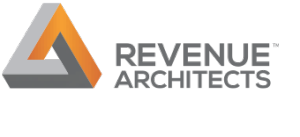Recent Posts
Blog Categories
Account-Based Marketing B2B Marketing and Sales Brand Presence Buyer Engagement Chief Revenue Officer Closed-loop Marketing Content Marketing CRM Demand Generation eMail Marketing Financial Advisor Marketing Food & CPG Inbound Marketing Investment Management Marketing Automation Measurement and Analytics Newsletter Revenue Architecture Revenue Growth Revenue Marketing Revenue Programs Revenue Strategy Revenue Systems Sales Effectiveness Sales Enablement Sales Excellence SEO Social Media Strategic Account Management Technology & Websites

Nothing Found
Sorry, no posts matched your criteria